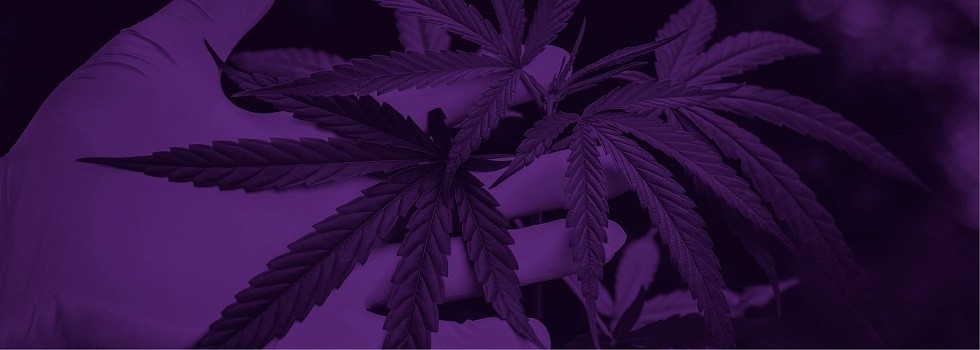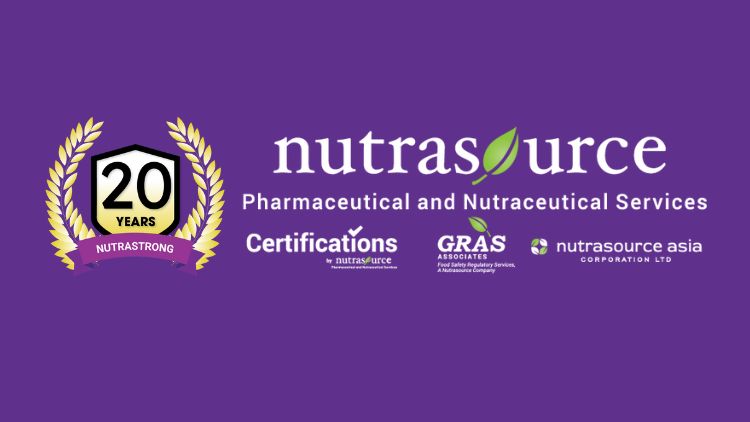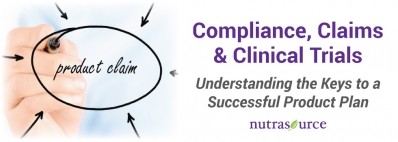Promotional Features
CBD Market Strategies: Best Practices for Suppliers, Brands, and Marketing Teams
The pathway to CBD product launch is rife with complexities – here’s how to navigate the terrain and achieve market success without putting your brand at risk.
It’s a rare phenomenon in the natural products industry – an ingredient comes on the scene with mass consumer appeal and wide-ranging therapeutic potential, but its still-emerging evidence and murky regulations are holding companies back from market launch.
Cannabidiol (CBD) is that ingredient. In fact, CBD can already be found in pet treats, ice cream, bath bombs, gum drops, and a spate of beauty and skin products (including personal lubricant) across North America. Statista.com reports that U.S. consumer sales of CBD and CBD-containing products will reach approximately $1.8 billion USD by 2022 – a near quadruple increase from almost half a billion dollars in 2018. Globally, this expansive category is expected to reach $22 billion by that same time, a compound annual growth rate of 147%.
“The biggest challenge facing companies now is the lack of clear guidance and regulation, which are coming soon, but there are so many shades of grey in moving to market,” observes Dr. Susan J. Hewlings, Director of Scientific Affairs at Nutrasource.
Many of these products are going to market and claiming ignorance to the FDA’s regulations in an attempt to enter the market quickly, leaving companies at risk of public scrutiny, enforcement action, and loss of brand credibility.
Everyone from manufacturers to brands are desperately in need of guidance on how to successfully work with—not against—the regulations and substantiate CBD product claims.
Below we discuss options and strategies for bringing CBD products to market for all stages of the product lifecycle and supply chain.
Navigating the Complex Regulatory Terrain
Though cannabis regulations are evolving worldwide, they remain well-defined. Regulations governing its constituents, on the other hand—including cannabinoids like CBD and THC (tetrahydrocannabinol)—are not.
Below are factors contributing to the CBD regulatory confusion:
- Cannabis remains illegal at a federal level in the U.S., even though individual states have the authority to overrule this law (California, Michigan, and Washington have all legalized recreational cannabis use at a state level).
- The Farm Bill was passed in 2018 which removed industrial hemp (a different species of the Cannabis sativa L. plant, which is tightly regulated) from the list of Schedule I Controlled drugs.
- CBD can be extracted from both cannabis and hemp. With essentially identical therapeutic properties, conflict arises because the source material is regulated differently.
- In the wake of Epidiolex (a CBD-based drug for epilepsy) entering the pharmaceutical market in 2018, there has been increased complexity surrounding how CBD products are classified.
- The FDA has clearly stated that CBD cannot be incorporated into dietary supplements, foods, or beverages at this time. Regulators are currently exploring legal pathways to market for such products.
Achievable Regulatory Pathways for CBD: GRAS, NDIN, and More
Given these challenges, what options are available for CBD brands looking to get to market?
Legal pathways to market include Generally Recognized as Safe (GRAS), New Dietary Ingredient Notifications (NDIN), Food Additive Petitions, and Investigational New Drug (IND) submissions. These regulatory routes take ample time, however, and companies are in a race to market. They also often require conducting primary research.
Research on cannabis in the U.S. is prohibitive, which contributes to the confusion about hemp and its CBD. Fortunately, Canada and other countries are changing regulations that remove barriers to allow cannabis research.
Despite the FDA’s position that CBD cannot be legally added to foods or presented as dietary supplements, some companies are choosing to ignore these regulations by selling supplements and foods with CBD anyway. “This is absolutely not advisable from a regulatory or risk standpoint, nor is it a long-term success strategy for brands,” warns Dr. Hewlings.
Market Success Strategies for Suppliers, Brands, and Marketing Teams
“As regulatory consultants, we field questions daily about CBD compliance and marketing, both from food and supplement brands and CBD suppliers looking to get to market quickly,” notes Dr. Hewlings. “What you need to know can vary by country and even by state in the U.S. Therefore, enlisting consulting experts to help you navigate the current, quickly evolving landscape is critical.”
Suppliers
How do I ensure my ingredient is compliant, and how can I get brands to choose me over everyone else?
For suppliers, establishing safety is ideal to capture market share since brands often seek already-approved ingredients to gain market access quickly.
As mentioned, GRAS status is one possible pathway a company can use to establish safety. It is ingredient-specific, meaning that once a GRAS conclusion has been reached for your ingredient, it has been deemed generally safe at that recommended dose and for that intended use. Securing GRAS status can take as little as several months, or up to two years, depending on the level of safety evidence required.
Another strategy to differentiate your ingredient is to attain third-party certifications that verify a THC concentration of less than 0.3% (the legal limit set by the industrial hemp regulations). Front-of-pack certifications can be a decision-making factor for brands looking to prioritize transparency and stand out on the shelf.
“The number one reason to create transparency by obtaining a third-party certification is to add legitimacy to an industry that is trying to newly establish itself as legitimate and efficacious to offset lingering negative social stigmas,” says Dr. Hewlings.
Brands
How do I become a market leader in this competitive sector while protecting my brand from regulatory risk?
A quality, science-backed product is the backbone of market success. Consider hiring a research organization that specializes in both regulatory and testing to verify your product contains the quantity of CBD claimed on the label. Testing multiple batches will help ensure consistent product quality and compliance with legal THC limits (0.3%).
It is the brand’s responsibility to source CBD from a supplier that can provide documentation supporting raw material safety and quality (and the original supplier, if applicable). Therefore, says Dr. Hewlings, “It is very important that companies selling CBD products to consumers know that it is their responsibility to source raw CBD materials that are compliant with the regulations. Only use CBD ingredients with GRAS status which assures safety.”
Marketing Teams
How do I craft powerful marketing messaging that won’t jeopardize my brand’s reputation?
A crucial element of an effective marketing strategy is compelling and compliant messaging. Claims, transparency, and third-party certifications are all tactics companies can use to maximize product sales and differentiate.
For product claims, there is one golden rule: no disease claims. Avoid saying your CBD-containing product treats, cures, prevents, or mitigates any disease/illness. Such a claim is considered verboten by the FDA, which will put you at significant risk for legal action.
Additionally, make sure all claims made can be substantiated by high-quality scientific evidence. Unique, substantiated marketing claims are a high-impact marketing tool for companies looking to set themselves apart.
A gap analysis can help address a lot of these concerns. Enlist experienced scientific professionals, ideally at a trusted research organization, to review your claims, evaluate existing supporting literature, and help you design a strong clinical trial that supports your desired claim.
Be sure the product contains the exact amount of CBD claimed on the label throughout marketing messages, otherwise you may be hit with allegations of false or misleading advertising.
“[Third-party certifications] help establish safety and efficacy. A product may support a health benefit at a certain amount of CBD and/or THC, but that doesn’t mean it will achieve that effect if the amount of one or more components changes even slightly.”
Overall, though the CBD market is rapidly moving with vast opportunities for a wide range of product launches, it faces substantial scientific and regulatory challenges. These include supporting product claims and marketing statements, ensuring product quality, and characterizing ingredients and active compounds.
Nutrasource can recommend strategies for the entire product lifecycle for your cannabis, CBD, or hemp product, from initial product conceptualization to strategy, research, and compliance.




